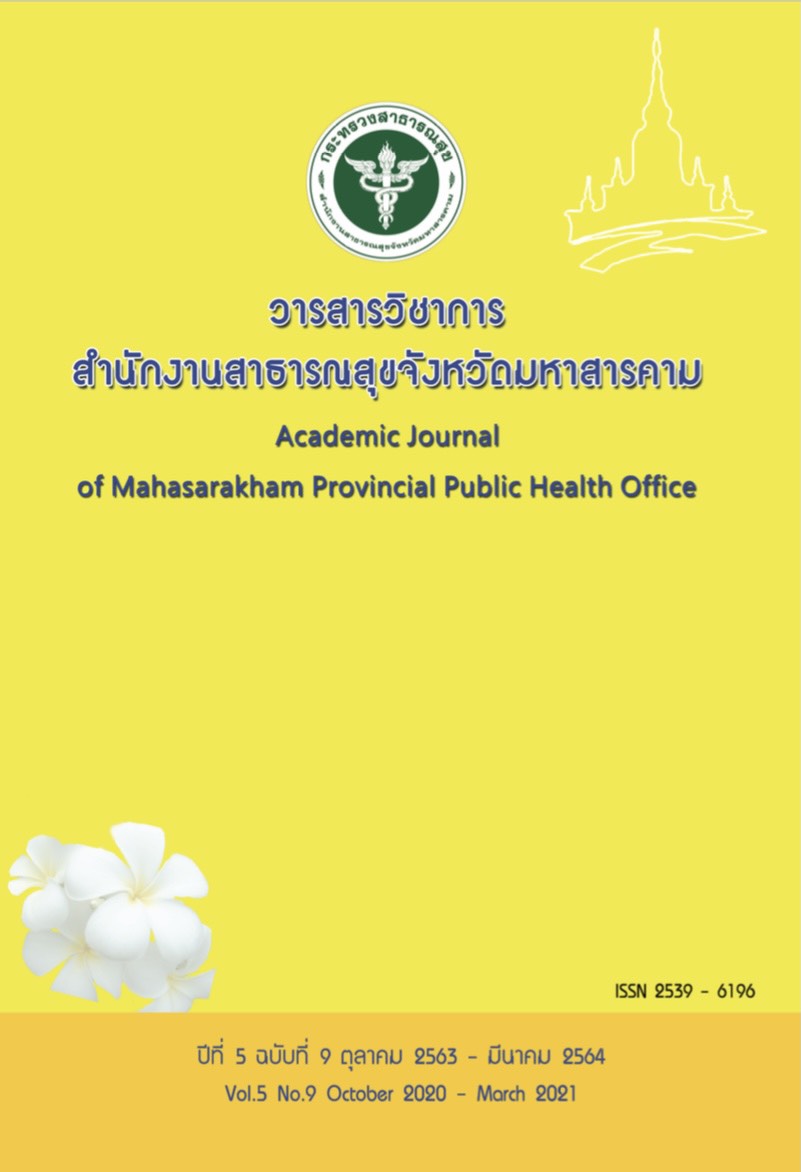Rebound pain after Ultrasound-guided supraclavicular brachial plexus block in patients undergoing distal radius surgery
Abstract
ABSTRACT
Background: Brachial plexus block in patient undergoing distal radius surgery is suitable anesthesia and provides good analgesia but rebound pain is common found and affect bad experience for patients.
Objectives: To study the occurrence of rebound pain in patients who received ultrasound-guided supraclavicular brachial plexus block by evaluating the rebound pain during 24 hours after surgery.
Methods: This is a retrospective descriptive study in 78 patients undergoing distal radius fracture who received ultrasound-guided supraclavicular brachial plexus block with 10 ml of 2% lidocaine with adrenaline 1: 200,000 and 10 ml of 0.5% bupivacaine in closed reduction with K wire fixation or opened reduction and internal fixation with volar plate and screw between 1st December 2017 and 30th April 2020 at Takuapa hospital, Phang-nga. Pain scores at 0, 2, 4, 6, 8, 12, 16, 20, 24 hours, onset time of rebound pain and morphine dosage were recorded in 24 hours after surgery. The data were analyzed using descriptive statistics such as frequency, percentage, mean and standard deviation, compared the mean differences of the time of rebound pain, pain score and amount of morphine obtained in the first 24 hours after surgery in each patient group by using independent t-test statistics.
Results: The patients experienced rebound pain at a mean time of 564.2 minutes, mean pain score of 4.8 points, mean dose of morphine 1.2 mg. There were 22 patients (28.2%) receiving morphine analgesic, In each group, compared patients who received closed reduction with K wire fixation surgery with opened reduction and internal fixation with volar plate and screw had mean rebound pain times of 544.0 and 609.8 minutes, mean pain score were 4.8 and 4.7, amount of morphine were 1.2 and 1.1 mg respectively. There were not statistically significant differences between two groups.
Conclusions and suggestion: Patients underwent two methods of distal radial surgery under brachial plexus block, they had rebound pain time of 564.2 minutes. There were not statistically significant difference in rebound pain time, pain score and amount of morphine between two groups. The patients experienced with rebound pain. If the patients were assessed and aggressively given bridging analgesia at the time consistent with the rebound pain time prior to anesthesia wear off, we will keep one step ahead in postoperative pain management and alleviates rebound pain.
Keywords: rebound pain, brachial plexus block, distal radius surgery


